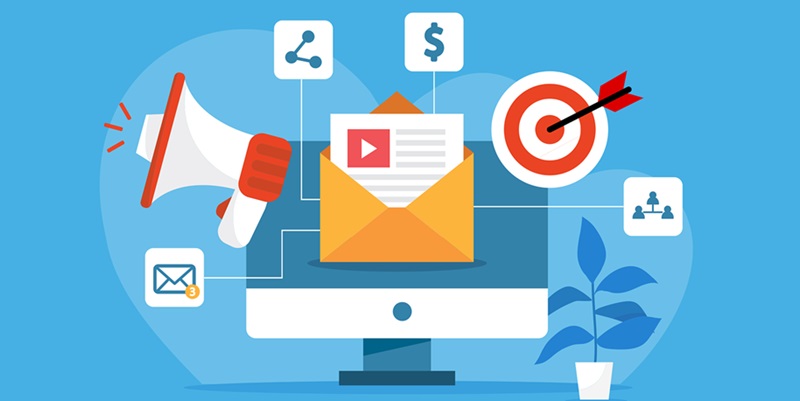B2B email marketing remains a vital strategy for marketers, and with AI personalization, it’s taken a significant leap forward. This technology has the potential to revolutionize how businesses connect with potential clients by enabling highly tailored content that resonates on an individual level. The integration of AI into email campaigns allows for a nuanced approach that can significantly enhance engagement rates.
To effectively implement AI personalization in email marketing, one must first understand the data-driven insights that AI provides. By analyzing user behavior and preferences, AI can help segment audiences more precisely, creating messages that speak directly to the needs and interests of each recipient. The process involves meticulous planning and execution, starting with data collection and moving through to the iterative refinement of campaign strategies based on machine learning outcomes. When done correctly, the use of AI in B2B email campaigns can lead to unparalleled success in outreach efforts, transforming the way businesses communicate with their prospective customers.
Establish Objectives and Evaluation Metrics
Before diving into the technological end of email personalization, one must first establish clear and measurable marketing goals. With distinct objectives, marketers can aptly identify and analyze the key performance indicators that will shape the construction of a successful email strategy. This initial step is pivotal, providing a blueprint for the personalized approach, allowing for a deeply focused and goal-oriented campaign. It’s not merely about adding a name to an email; it encompasses understanding the recipient’s business needs, industry challenges, and the solutions they are likely to respond to. Focusing on the client’s end goal, be it lead generation, conversion, or customer retention, will dictate the personalization tactics applied in the subsequent steps.
Aggregate and Synchronize Client Information
Harnessing diverse, high-quality client data is integral to driving AI-powered personalization in marketing. Data from social media, search engines, emails, and texts forms a rich base that allows AI to discern client behaviors and preferences, tailoring a nuanced approach towards various customer personas. Such complex data capture and analysis ensure personalized content holds genuine appeal.
In B2B email campaigns, AI personalization requires clear marketing objectives paired with thorough data collection. Selecting a suitable AI tool is critical for effectively delivering customized content. Continual optimization is key to keeping campaigns aligned with audience needs, and monitoring performance helps in fine-tuning strategies to bolster ROI. This process doesn’t just improve email campaigns; it transforms digital B2B engagement.

